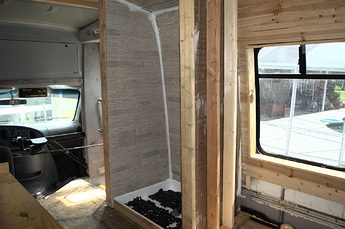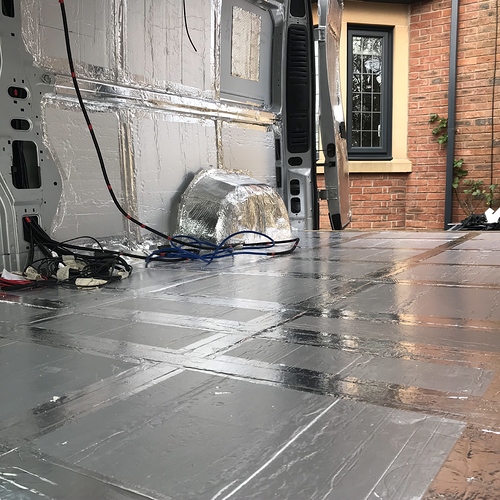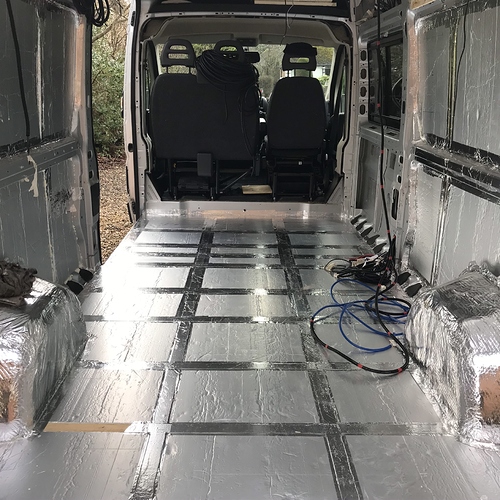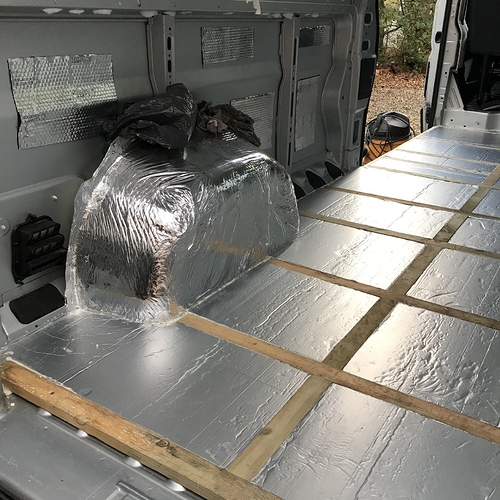Hi All
Newbie here looking to verify some advice I’ve received!
background: I’m converting a Ford Transit 2012 SWB van with a low roof so trying to lose as little height as possible, but its intended as a 4 season van in the UK, so needs to be warm and very damp proof!
The advice: To make the flooring from 5mm Ply stuck directly the base of the van (already been damp proofed) using a Hybrid grab adhesive, no nails or screws. With a layer of high compression resistant PIR insulation (polyisocyanurate purchased) with no thermal breaks as a solid layer across, topped with a further 5mm ply layer. This would be sealed around the edges with more grab adhesive around the edges as it is a sealant and would hold the flooring to the walls for when units are fixed above.
The conundrum: This is my Dad giving me this advice, he has built two houses and was an electrician by trade before retirement but he’s never built a van before and I’m nervous about the fixing and the compression risk in a moving vehicle - i.e. sudden breaking causing a heavy fridge unit to shift above is substantially different to a floor in an attic that maybe gets occasional use.
The reasoning behind this method is that PIR is often used as the insulation in garage flooring and “you could drive a cement truck on it and it wouldn’t compress” and that the adhesive used is “used to put airplanes together, screws aren’t used anymore”.
Any experienced van builders want to weigh in? It would give me 15mm head height back and reduce the thermal breaks but my Dad does have a small reputation for being very confident, sometimes without justification.
And will this pass any MOT requirements for the fixed floor? 







